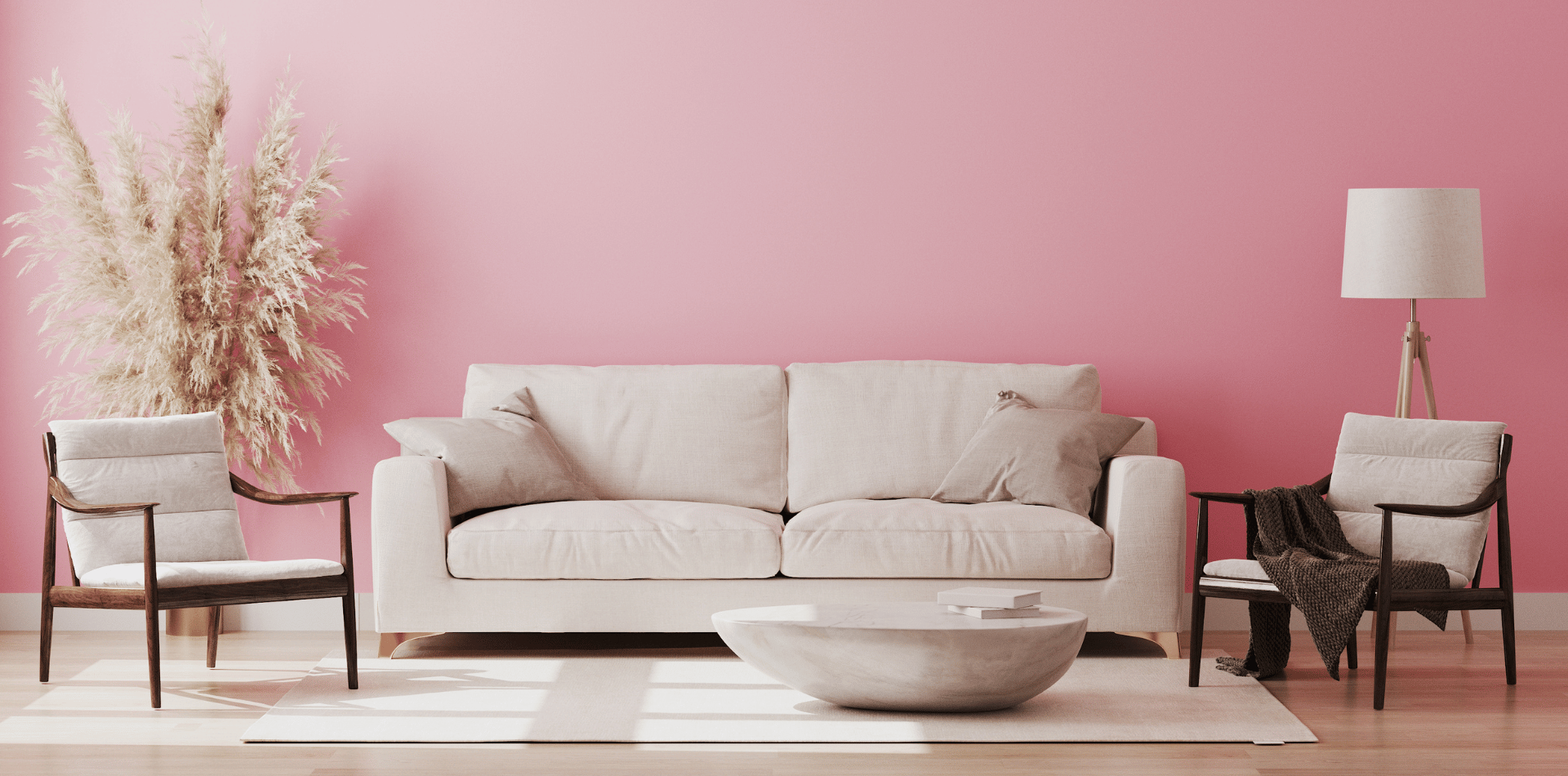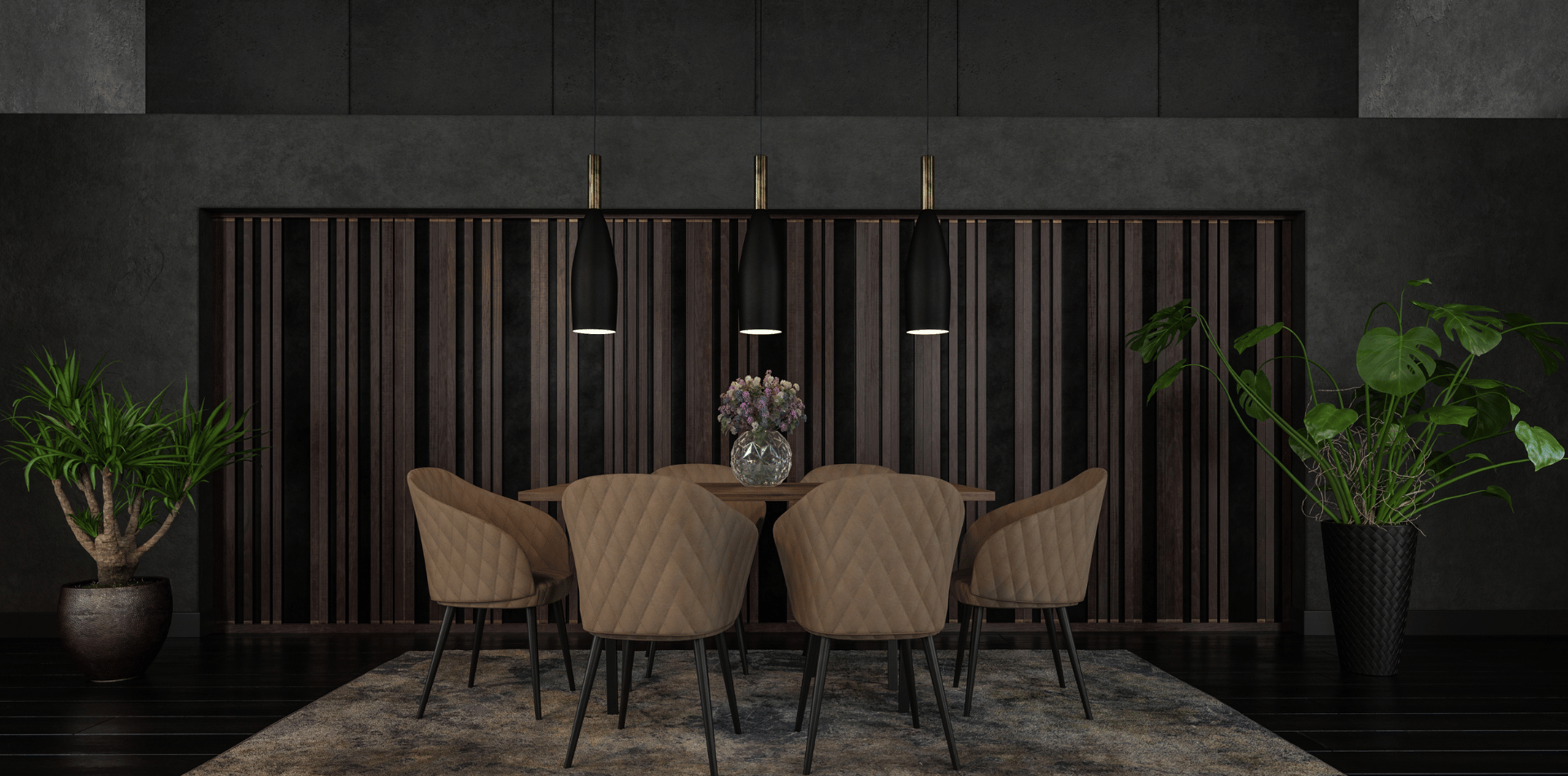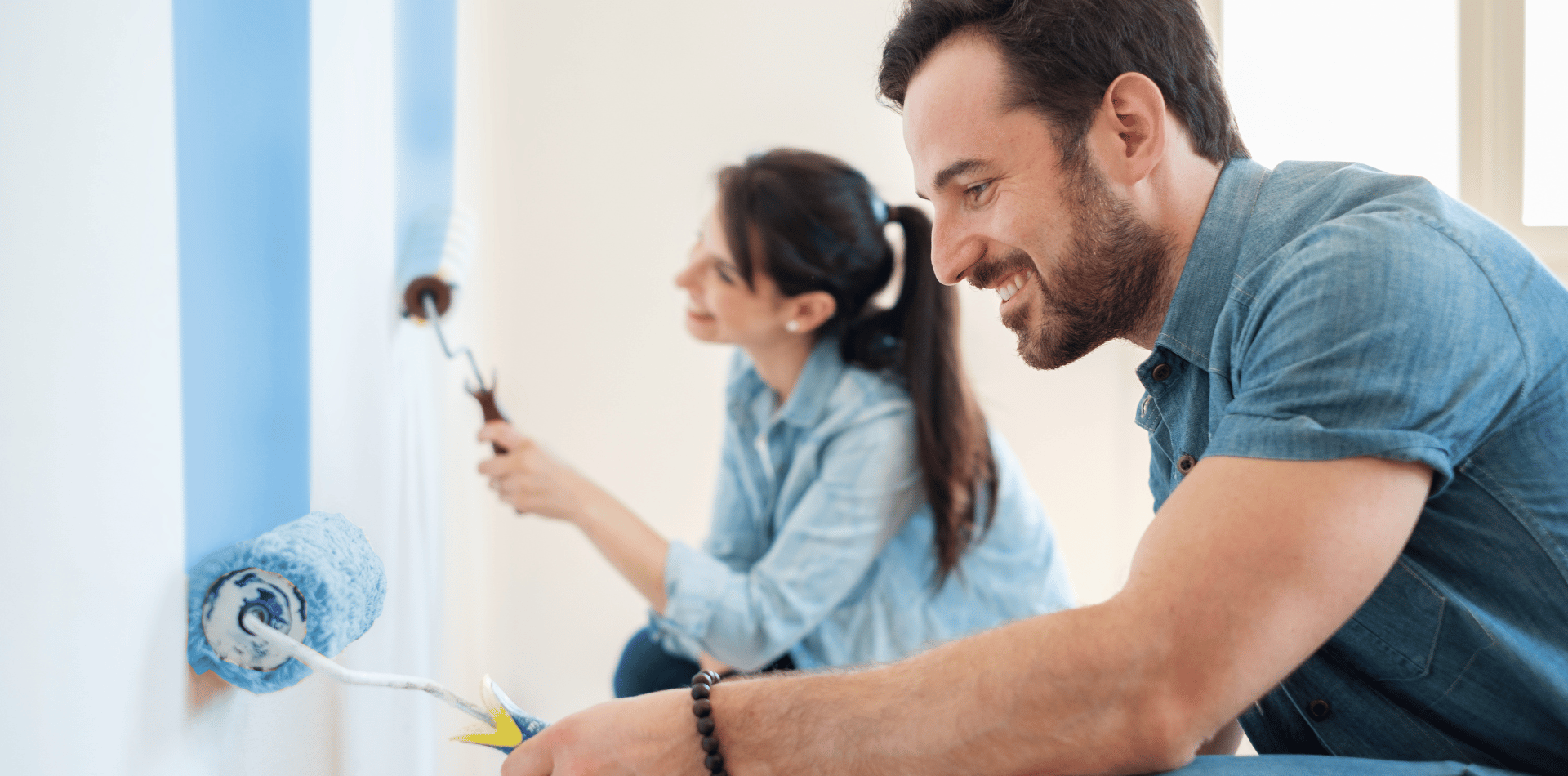The Power of Colour in Home Painting.
Transforming Spaces and Enriching Lives

In the realm of interior design, colour exerts an extraordinary power—transforming bland walls into vibrant canvases that express individuality and evoke emotions. The careful selection and application of colours can influence our moods, perceptions, and overall sense of well-being. The world of home painting is where this power is harnessed to its fullest potential. Let's have a look at the psychology, personalisation, visual dynamics, and practical applications of colour in home painting, showcasing how a simple change of hue can revolutionise a living space and enrich lives.
The Psychology of Colour
Colours possess the remarkable ability to affect our emotions and psychology on a profound level.
This phenomenon, known as colour psychology, has been studied extensively and is used strategically in various fields, including interior design.
When it comes to home painting, the choice of colours can drastically alter the atmosphere of a room.
- Warm Hues for Vibrancy and Energy: Colours like reds, oranges, and yellows are considered warm hues. They stimulate the senses and evoke feelings of energy, enthusiasm, and warmth. These hues are ideal for social spaces such as living rooms, dining areas, and kitchens, where conversations and interactions thrive.
- Cool Tones for Calm and Relaxation: On the contrary, cool tones like blues, greens, and purples induce a sense of calm and tranquility. These colours are well-suited for bedrooms, bathrooms, and spaces intended for relaxation and unwinding.
- Neutral Shades for Versatility: Neutrals, including whites, grays, and beige, provide a versatile backdrop that can be easily complemented by various decor styles. They create a timeless canvas upon which other colours and design elements can shine.
Understanding the psychology of colour is crucial for achieving the desired ambiance in each room.
A well-painted space not only caters to functional needs but also enriches the emotional experience of its inhabitants.
Personalisation Through Colour
Every individual has a unique personality and style, and home painting offers an excellent opportunity to express these attributes. Colour selection is a reflection of personal taste and preferences, enabling homeowners to infuse their spaces with their essence.
- Expressing Identity: The choice of colours can communicate a lot about a person's identity. Bold and vibrant shades might signify an outgoing and adventurous spirit, while muted tones might reflect a preference for simplicity and elegance.
- Creating Connection: Personalised colour schemes can foster a deep sense of connection between homeowners and their living spaces. When a room reflects one's personality, it becomes a haven where they can truly be themselves.
- Matching Emotions: Different rooms serve different functions, and colour can be used to match the emotions associated with those functions. A home office might benefit from energising colours that promote productivity, while a meditation space could embrace serene hues for tranquility.
A skilled house painting professional understands the art of personalisation through colour. By collaborating closely with clients and interpreting their preferences, they can create spaces that are not just visually appealing, but deeply resonant with the occupants.

Creating Visual Interest
Colour isn't just about coating walls—it's about orchestrating a symphony of visual elements within a space. An adept use of colour can emphasise architectural features, manipulate perceptions of space, and guide the eye towards focal points.
- Accent Walls: One of the most effective techniques in home painting is the creation of accent walls. By choosing a bold or contrasting colour for a single wall, you instantly draw attention and create a dynamic focal point. This technique is particularly useful in spaces lacking architectural interest.
- Playing with Perception: Colour can play tricks on the eyes. Lighter colours tend to make a space feel larger, while darker colours can make it feel cosier. Strategic use of colour can alter perceptions of proportions and create a harmonious balance within a room.
- Flow and Continuity: A well-designed colour scheme fosters a sense of flow between rooms. Thoughtful transitions between colours can guide occupants seamlessly from one area to another, creating a unified and harmonious experience throughout the home.
House painting professionals, armed with an understanding of visual dynamics, have the expertise to guide homeowners on the placement of colours, accentuating architectural elements, and creating a visually engaging environment.
Harmonising with Existing Elements
The challenge of home painting lies not only in selecting beautiful colours but also in ensuring that those colours harmonise with existing furnishings and decor. The goal is to create a cohesive and visually pleasing aesthetic that ties the room together.
- Complementary Colour Schemes: One approach is to use complementary colours—those positioned opposite each other on the colour wheel. This technique adds vibrancy and balance to a space, making the colours pop while maintaining harmony.
- Analogous Colour Schemes: Another approach is to use analogous colours—colours that are adjacent to each other on the colour wheel. This creates a softer, more harmonious palette that's pleasing to the eye and creates a sense of unity.
- Consideration of Lighting: Natural and artificial lighting can significantly affect how colours appear in a space. The interplay between light sources and colour selection must be carefully considered to achieve the desired visual effect.
Our house painting professionals have a keen eye for colour theory and its practical application. We can provide invaluable insights into colour combinations that will enhance the overall aesthetic of a room.
The Process of Transformation
Behind every stunningly painted room is a meticulous process that involves preparation, expertise, and attention to detail. This process is crucial for ensuring the longevity and quality of the final result.
- Surface Preparation: The key to a flawless finish is proper surface preparation. This involves cleaning, repairing imperfections, and applying the appropriate primer to ensure that the paint adheres evenly.
- Professional Application Techniques: A trained painter understands the nuances of different painting techniques, whether it's brushing, rolling, or spraying. These techniques contribute to a smooth and even application that showcases the true colour.
- Quality Materials: High-quality paints and materials are essential for achieving a lasting finish. Investing in premium paints not only enhances the appearance of the walls but also offers durability against wear and tear.
- Attention to Detail: From the tiniest trim to the largest wall, a professional painter approaches every aspect of the job with meticulous attention. The result is a polished and refined look that stands the test of time.
In the world of interior design, colour is a potent tool that can be wielded to bring about transformation and enrichment. The power of colour in home painting goes beyond aesthetics—it shapes the way we feel, perceive, and interact with our living spaces. Through a deep understanding of colour psychology, personalisation, visual dynamics, and expert application, homeowners can create environments that inspire, comfort, and invigorate. Professional house painting services stand as the gateway to harnessing this power, offering the expertise needed to turn a blank canvas into a masterpiece of emotions, memories, and beauty. In the end, the colours we choose become a part of the very fabric of our lives, making every corner of our homes a reflection of who we are and what we aspire to be.




